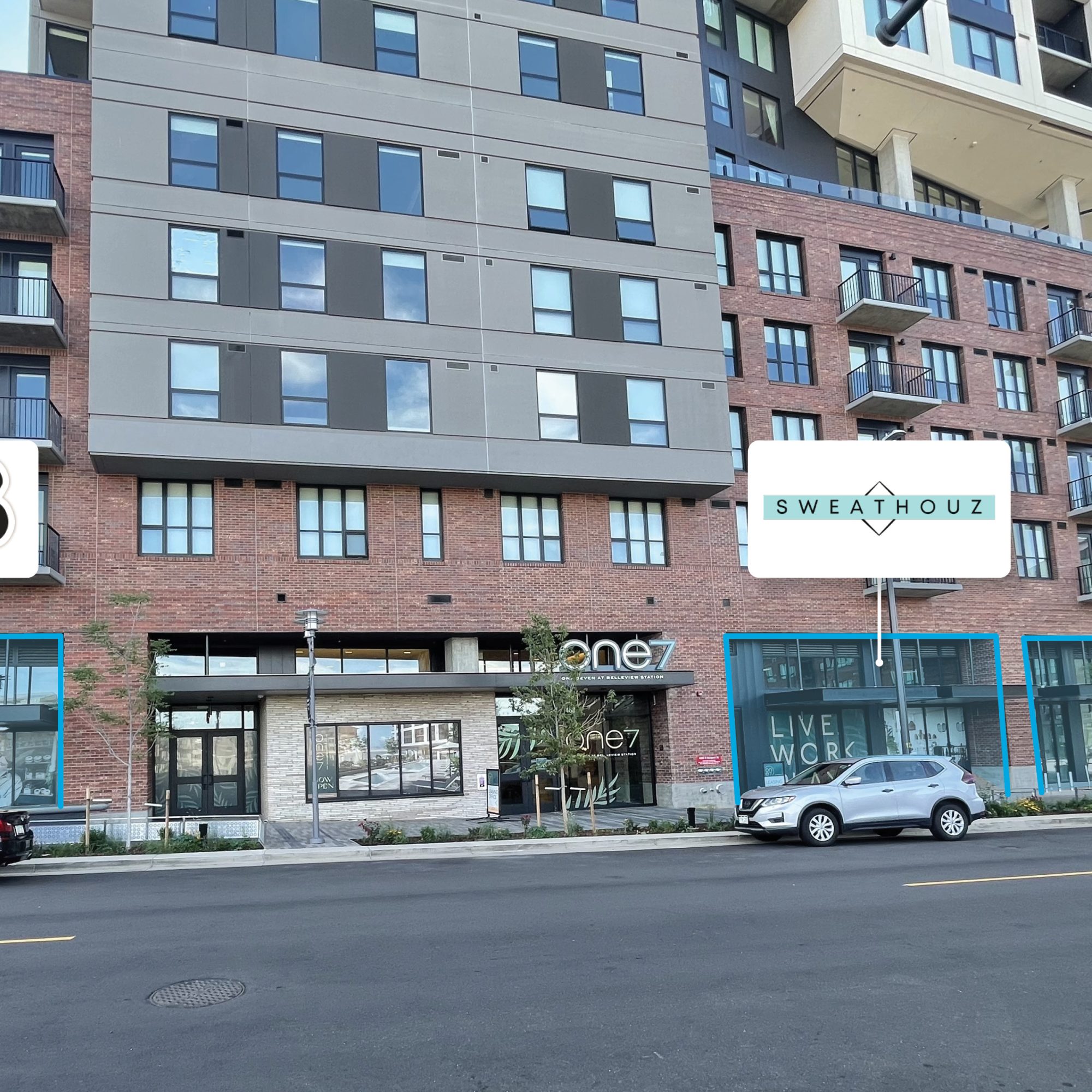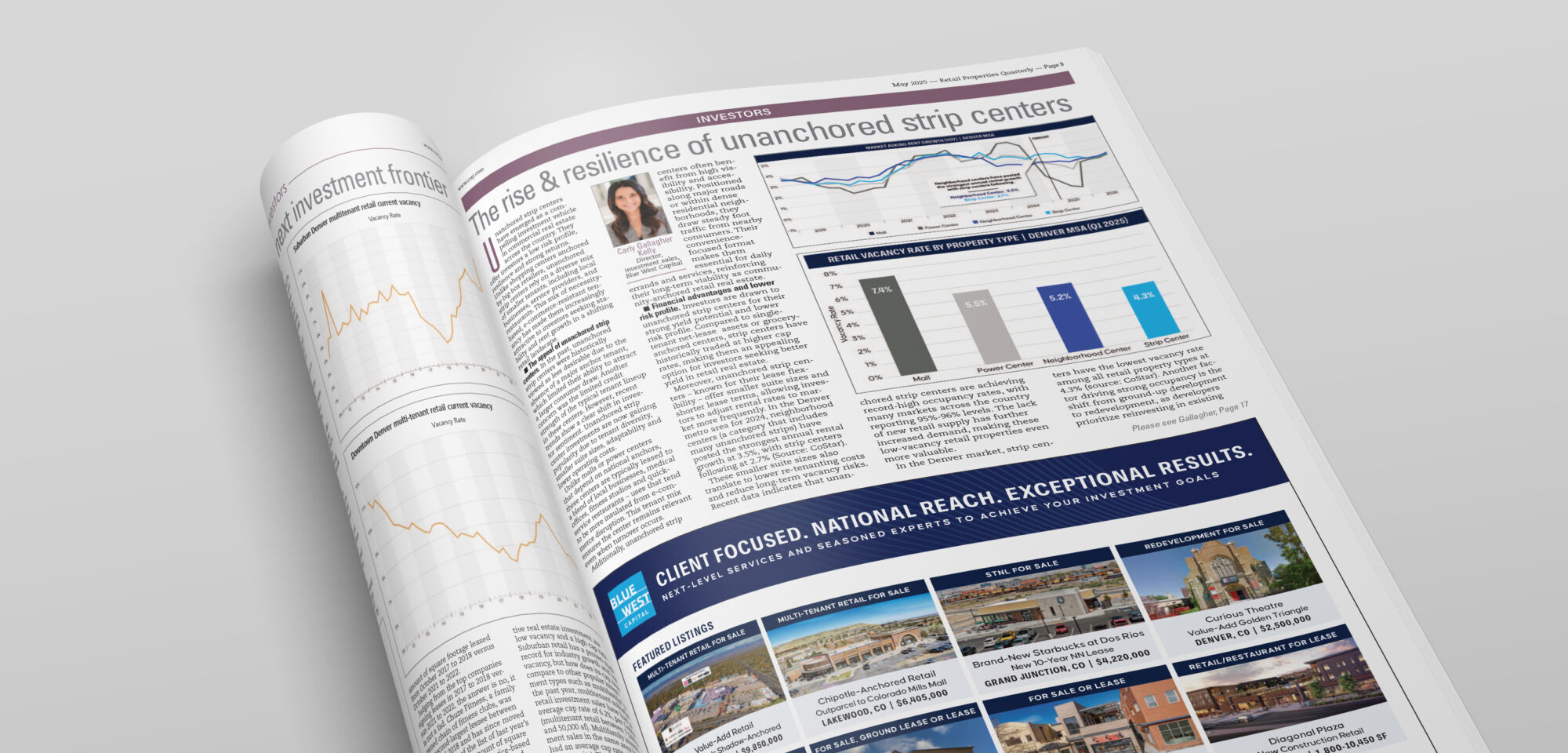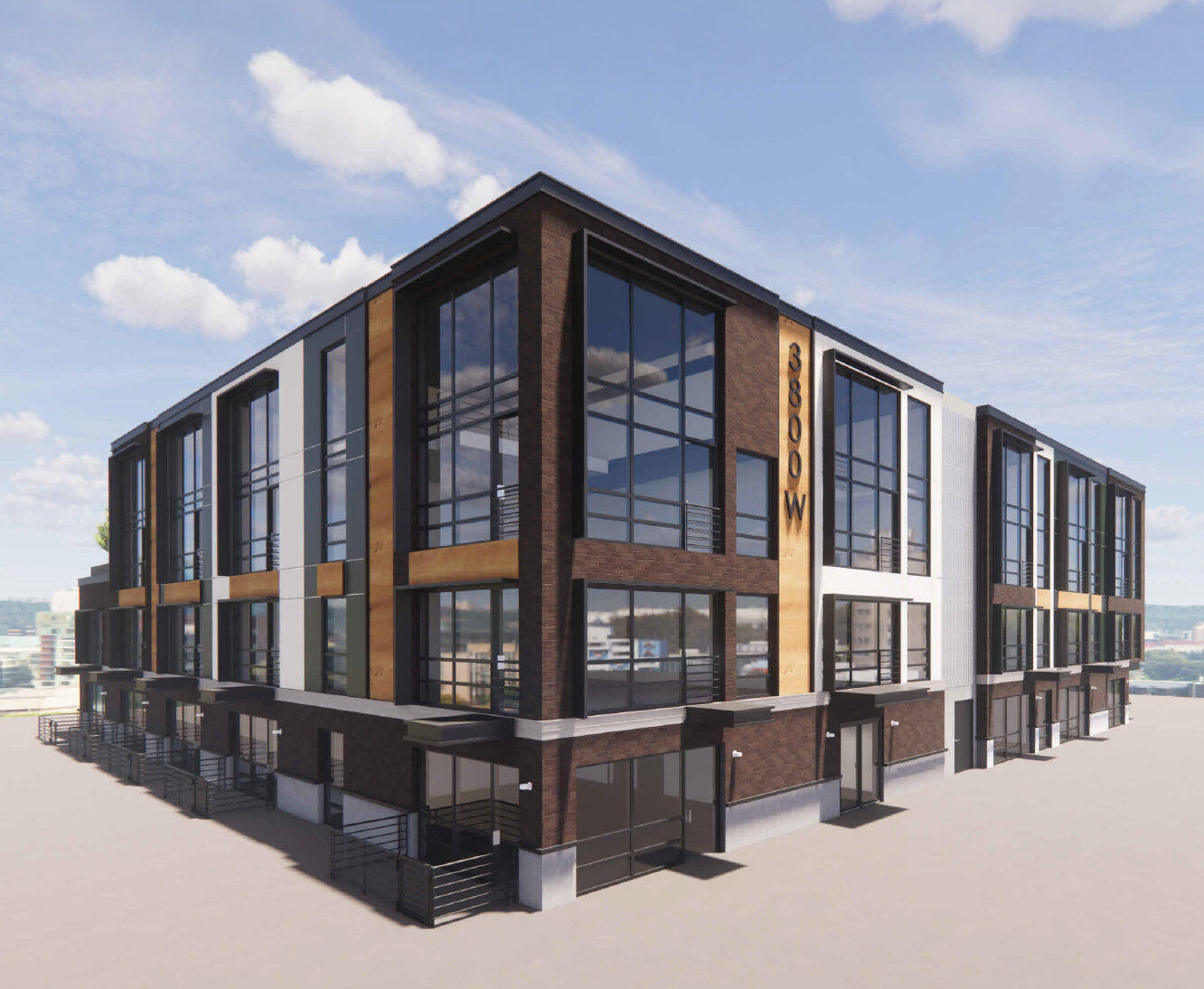Congratulations! You’ve made it to 2025. The often-repeated mantra of 2024—by surviving the economic turbulence to the new year—has finally come to fruition. Now, it’s time to get back to doing deals... right? If only it were that simple. A new calendar year doesn’t automatically reset the market to normal. While there’s a sense that we can see the light at the end of the tunnel, the journey still feels far from over. The challenges of 2025 loom, and perhaps it is 2026 that’s the “magical” year everyone is waiting for.
A Roller Coaster of Rates
One of the biggest economic disruptions in recent years was the rapid rise in the federal funds rate. Between March 2022 and July 2023, the Federal Reserve raised rates eleven times, bringing them from near-zero to a range of 5.25% to 5.50%. These increases sent investors and lenders into a holding pattern, trying to adjust to a more expensive borrowing environment.
Then came the first rate cut in four years. In September 2024, the Fed lowered rates by 50 basis points, followed by two additional 25-point cuts in November and December, bringing the current range to 4.25%–4.50%. Despite this easing, the long-anticipated drop in borrowing costs has not materialized as many had hoped. Long-term interest rates remain stubbornly high, with the 10-Year Treasury reaching a 52-week high just weeks ago. It has only been higher once in the past ten years, dating back to October 2023, and now sits near 4.6% as of this writing.
Deal Making: Not the Gold Rush Yet
Optimists pinned their hopes on 2025 as the year of the rebound—the gold rush of opportunity. However, reality may suggest otherwise. Both sellers and buyers have continued to kick the can down the road, waiting for more favorable financing conditions to sell, refinance, or buy. But the light at the end of the tunnel appears to keep moving further away. Maybe this will be the year, but there’s a growing sense that it might not be as transformative as many anticipated, at least in Q1 and Q2.
That said, the market is showing signs of life. According to CoStar data, Colorado’s total retail transaction volume in 2023 hit $1.64 billion—the lowest since before 2013. In 2024, however, the market rebounded with a 30.4% increase, reaching $2.14 billion. While still below the 2021 peak of $3.6 billion, this figure is only 11.3% shy of the pre-pandemic sales volume of $2.41 billion in 2019. This suggests a slow but steady recovery—maybe not the rapid resurgence some hoped for, but momentum nonetheless. This begs the question: How soon, if ever again, will we see sales volumes return to 2021-2022 levels?

Retail Still the Darling, with Shifting Landscape
Retail remains a standout in the broader real estate market, proving its durability through e-commerce disruptions and the pandemic. Despite headwinds, the sector has remained strong from a fundamentals perspective, further strengthened by a lack of new construction, which has continued to boost existing assets. In Colorado, retail vacancies sit at a healthy 4.0%, with rental rates averaging $24.08 statewide, according to CoStar.
However, challenges persist. Coresight Research recorded 51 major retail bankruptcies in 2024—including Party City and The Container Store—up from 24 in 2023. While overall retail sales grew 3.4%, performance varied. High-ticket categories like electronics and appliances saw weaker demand due to consumer caution, per John Mercer of Coresight Research (via GlobalData). Walmart posted a 5.3% Q3 sales increase, while Target trailed at 1.1%.
Middle-market retailers struggled, caught between budget and luxury segments. The Container Store, for example, saw general merchandise sales drop 18.7% in Q2 before filing for bankruptcy. Meanwhile, off-price retailers like TJX capitalized on shifting consumer preferences, expanding aggressively to attract cost-conscious shoppers.
Economic uncertainty and high borrowing costs continue to loom, requiring retailers and landlords to remain agile. Adapting to these evolving market conditions will be key to sustaining momentum.
What’s Next?
So, what now? “Stay in the mix to 2026” … just doesn’t have the same ring to it. The truth is, no one has a crystal ball, and I would be wary of anyone who speaks to the future with certainty. What’s clear, however, is that the sentiment in the market is cautiously optimistic. And it seems that long-term interest rates will continue to remain “higher for longer” and all in the industry will need to accept and adjust moving forward. Investors, developers, and brokers are adjusting to the “new normal” and finding ways to make deals work.
Retail’s continued strength, coupled with incremental improvements in sales volume, suggests that transaction activity will continue to recover. While challenges remain, the ability to adapt and innovate will be critical. Whether 2025 turns out to be the breakout year or just another step in the journey, one thing is certain: the real estate market is alive, evolving, and ready for those willing to meet it head-on.
Have questions about navigating today’s CRE market? Contact us for expert guidance and strategic insights.
As featured in Colorado Real Estate Journal.
Bryce McNeely
Associate, Investment Sales
Bryce@BlueWestCapital.com
720.738.0037
Be the first to know about new investment properties.
Subscribe to our mailing list






